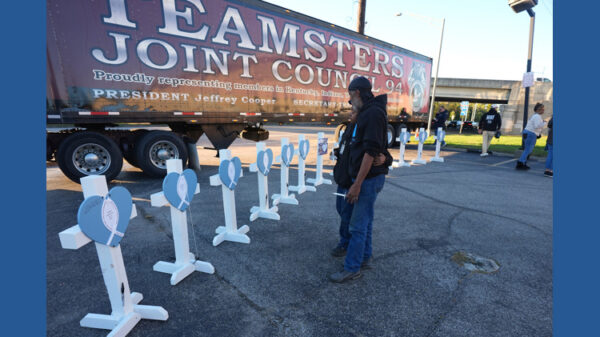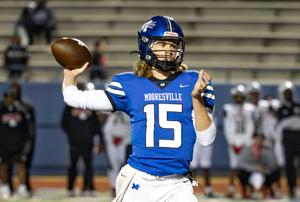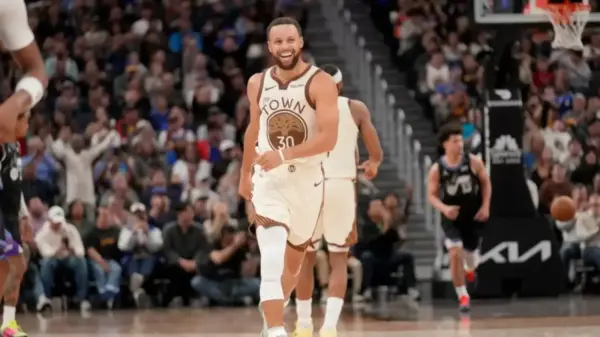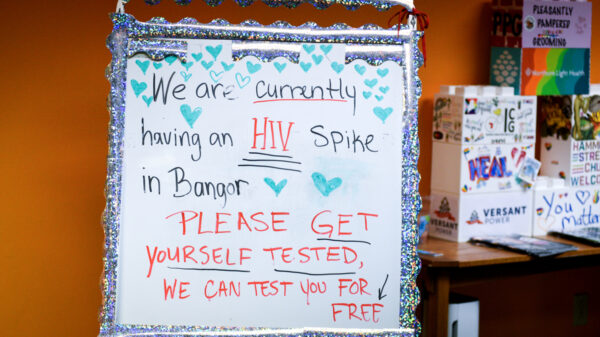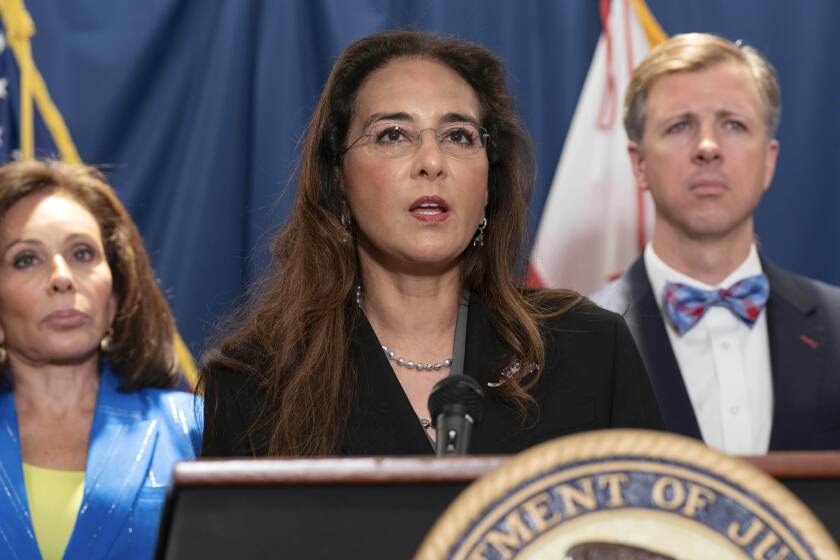UPDATE: The Trump Administration’s Justice Department is making headlines as Assistant Attorney General Harmeet Dhillon disputes a federal appeals court’s decision to uphold Illinois’ assault weapons ban. This urgent legal confrontation unfolded on Monday, October 23, 2023, in Chicago, where Dhillon argued that the AR-15 and similar firearms are “clearly” protected under the Second Amendment.
The 7th U.S. Circuit Court of Appeals hearing, attended by notable figures including Illinois Attorney General Kwame Raoul, has drawn significant public attention. Dhillon’s appearance, though brief—lasting just five minutes in a 90-minute hearing—was marked by pointed questions from Judge Frank Easterbrook, who challenged her stance on factual findings related to the law’s constitutionality.
Easterbrook, a part of the panel that upheld the law in a 2023 ruling, pressed Dhillon on whether these findings impacted her view. When she asserted they did not, he countered, “You don’t think the facts matter?” This exchange highlights the intense scrutiny surrounding the case and the potential implications for gun rights nationwide.
Illinois Governor JB Pritzker championed the ban, which prohibits the sale of assault weapons like the AR-15 and restricts magazine capacities to 10 rounds for long guns and 15 for handguns. This pivotal law was enacted in the wake of the tragic 2022 Highland Park shooting that claimed seven lives, with the shooter using an AR-15-style rifle.
The legal landscape is rapidly evolving, with the panel now considering whether to uphold a November ruling by U.S. District Judge Stephen McGlynn, who deemed the law unconstitutional. During the hearing, Judge Amy St. Eve raised concerns about the implications of varying district court decisions on similar cases pending in the circuit.
Notably, in New York State Rifle & Pistol Association v. Bruen, a 2022 U.S. Supreme Court ruling established a critical test for evaluating gun laws. This ruling requires that if an individual’s conduct is covered by the Second Amendment, the government must prove that the law aligns with historical firearm regulations. Justice Clarence Thomas previously indicated a willingness to review similar cases, suggesting that the future of Illinois’ ban could be at stake.
As the court deliberates, the National Rifle Association (NRA) is actively engaging the public, sharing live streams of the proceedings on social media platforms. The case’s outcome could have far-reaching implications, not only for Illinois but also for gun rights advocates and legislators across the nation.
With similar cases brewing in lower courts, the urgency is palpable. As Judge Easterbrook noted during the hearing, “What happens if they don’t agree with each other?” This question underscores the potential for conflicting interpretations of the law, which could lead to a patchwork of regulations across states.
As the 7th Circuit prepares to issue its ruling, all eyes will be on how this pivotal legal battle unfolds. The stakes are high, and the implications for gun rights and public safety are profound. Stay tuned for further updates on this developing story.








